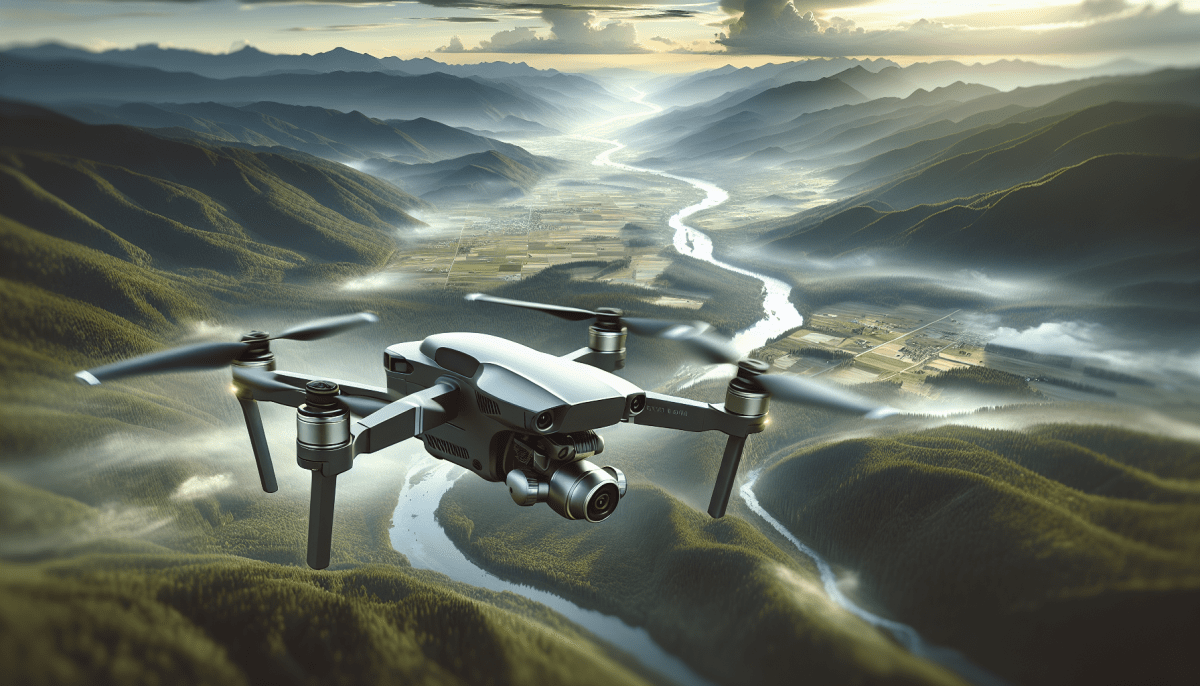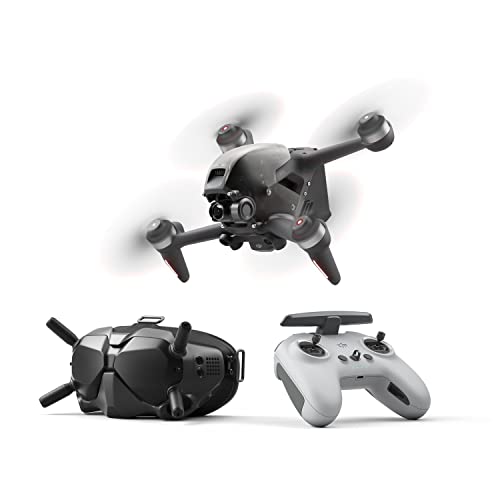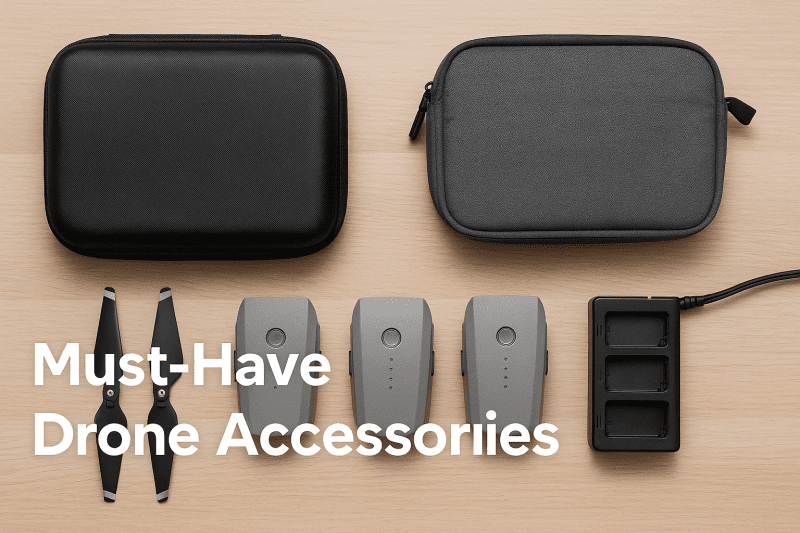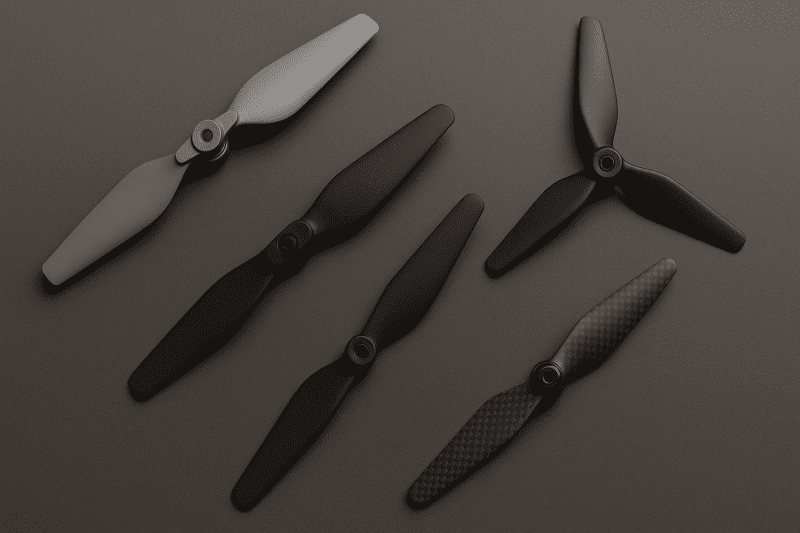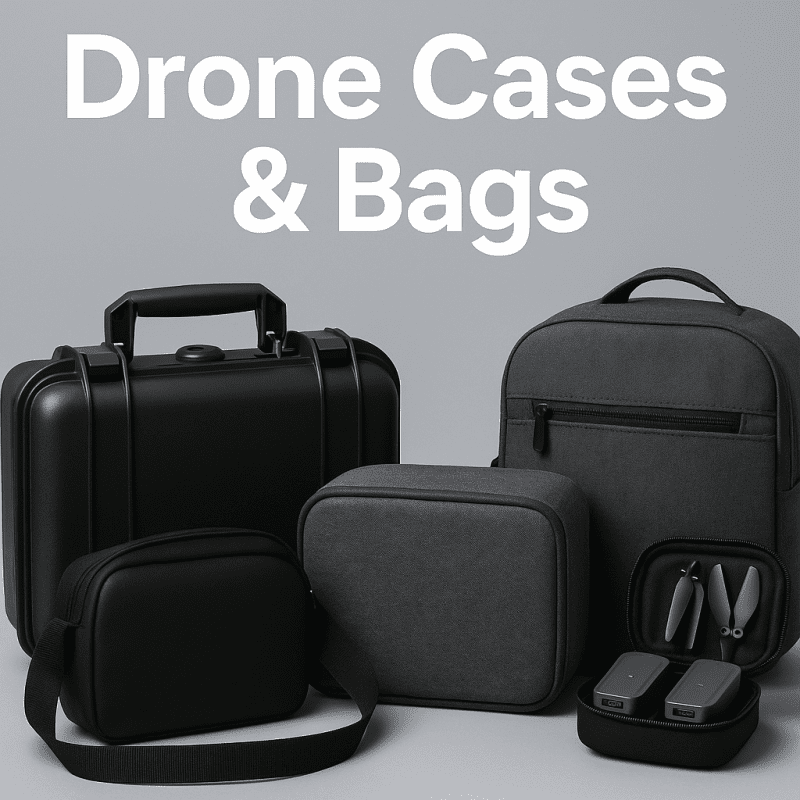Understanding the fundamentals of drone FPV cameras
FPV (First-person view) cameras are a crucial component of drone technology that allows pilots to achieve a first-person perspective of their flight. In drone racing and aerial videography, having a good FPV camera can make all the difference in terms of the pilot's experience and the quality of footage captured. Here are the fundamentals of drone FPV cameras:
Resolution
The resolution of an FPV camera refers to the number of pixels that the camera sensor can capture. For FPV cameras, a higher resolution is not necessarily better as it can increase the latency and lead to choppy video feed. Most drone FPV cameras have a resolution of 600TVL to 1200TVL, which is sufficient for providing a clear image.
Field of View (FOV)
The FOV of an FPV camera defines the extent of the visible area, usually measured in degrees. A wider FOV allows pilots to see more of their surroundings, granting better situational awareness while flying. However, a wider FOV can also lead to a fisheye effect, which can be corrected with software if necessary. Most FPV cameras have a FOV of around 120 degrees.
Latency
FPV cameras transmit video feed in real-time to the pilot's screen or goggles. Latency, or delay, in the video feed is a crucial factor in drone racing where pilots need to react quickly to obstacles and terrain features. A latency of below 40ms is considered adequate for drone racing, but there are some FPV cameras on the market that have a latency as low as 1ms for those who demand the most responsiveness in their setup.
Dynamic Range
Dynamic range refers to the camera's ability to capture details in both bright and dark environments. A camera with high dynamic range can capture details in shadowy areas while also not overexposing bright areas such as the sky. This feature is essential for aerial photography and cinematography, allowing pilots to capture stunning footage in varied lighting conditions.
Size and weight
The size and weight of an FPV camera are essential factors to consider as they can affect the drone's overall weight and balance. Most FPV cameras are small and lightweight, weighing anywhere from 4-15 grams. The smaller the camera, the less wind resistance it will have and the more agile the drone will be during flight.
Overall, choosing the right FPV camera for your drone depends on the intended use and preferences of the pilot. Considering factors such as resolution, FOV, latency, dynamic range, size, and weight will help pilots make an informed decision and select the best camera for their needs.
How to choose the best FPV camera for your racing drone
If you're looking to take your drone racing to the next level, then you'll need to invest in a high-quality FPV camera. But with so many options on the market, it can be difficult to know which one will suit your needs best. Here are some key factors to consider when making your decision:
Image Quality
Image quality is perhaps the most important factor to consider when choosing an FPV camera. Look for a camera that offers a high-quality image with good color representation and minimal lag. A camera with a wider field of view will also make it easier for you to navigate your drone at high speeds.
Latency
Latency is the amount of time it takes for the camera's image to reach your goggles or screen. A camera with low latency is essential for fast-moving racing drones, as the delay in image transmission can cause crashes or missed turns. Look for a camera with a latency of less than 50ms for the best racing experience.
Durability
Drone racing is a high-intensity and often physically demanding sport, so you need a camera that can withstand crashes, bumps, and any other rough handling. Look for a camera that is durable and can withstand the rigors of racing.
Sensor Size
The size of the camera's sensor will determine how much light it can capture, meaning it can perform better in low light conditions. A larger sensor will also provide a higher resolution image. However, a larger sensor will also be heavier and more expensive. Choose a sensor size that is appropriate for your needs and your budget.
Price
Finally, consider your budget when choosing an FPV camera. Prices can range from less than $50 to upwards of $200 for high-end models. Keep in mind that a higher price doesn't always equate to a better camera. Make sure to find the right balance between price and quality for your individual needs.
In conclusion, choosing the best FPV camera for your racing drone requires careful consideration of several factors. By taking into consideration the image quality, latency, durability, sensor size, and price, you'll be sure to find the perfect camera to enhance your drone racing experience.
Advanced techniques for optimizing the performance of your FPV camera
While a basic understanding of drone FPV camera technology can help you choose the right camera for your needs, there are several advanced techniques you can employ to optimize the performance of your FPV camera. Here are some tips:
- Adjust Your Camera’s Settings: Most FPV cameras have settings that can be adjusted to allow you to tune the image to better suit the lighting conditions and other factors. Experiment with these settings to find the combination that gives you the best image quality.
- Use a Lens Hood: A lens hood is designed to reduce glare and reflection by blocking light from entering the lens at angles that cause these issues. This can help you get a clearer image when flying in bright sunlight or other bright conditions.
- Optimize Your VTX Settings: The VTX (video transmitter) is responsible for sending the video signal from the drone to your FPV goggles or monitor. Adjusting the VTX settings can help improve the quality of the video signal you receive.
- Use a High-Quality Antenna: A high-quality antenna can help ensure that your video signal is clear and strong. A directional antenna can be particularly useful for long-range flights or in areas with a lot of interference.
- Protect Your Camera: Finally, protecting your camera from damage is important for maintaining its performance. Consider using a protective case or cover to shield it from the elements and prevent accidental impacts.
By using these advanced techniques, you can optimize the performance of your drone FPV camera and get the best possible video feed while flying.
DJI FPV Camera Drone Combo - Grey
Experience the Thrill of First-Person View with the DJI FPV Camera Drone Combo in Grey
Product information
$1,282.77 $1,110.52
Product Review Score
4.12 out of 5 stars
53 reviews